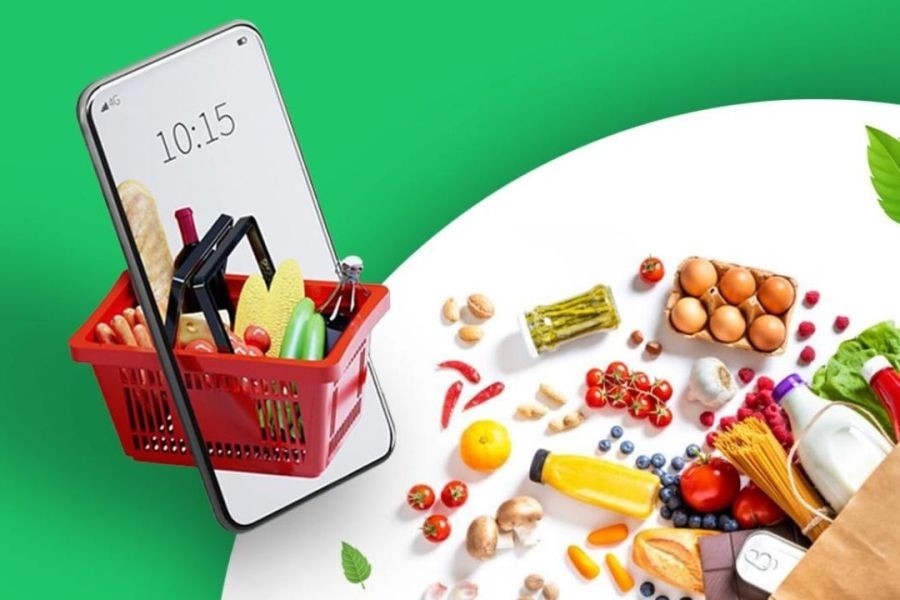In recent years, grocery delivery services have experienced a boom in Australia, aligning with global trends. The convenience of having groceries delivered directly to homes is enticing for many Australians, especially those with busy lifestyles. But the question arises: could this convenience lead to the decline of traditional cooking in Australian households? This article delves into the implications of grocery delivery services on cooking habits in Australia, analyzing market trends, economic factors, and consumer behavior.
Grocery Delivery: A Growing Trend
The rise of grocery delivery services in Australia has been significant. In 2022, the Australian grocery delivery market was valued at approximately AUD 3.5 billion and is expected to grow by 10% annually (Source: IBISWorld, 2022). Companies such as Coles, Woolworths, and HelloFresh have capitalized on this trend, offering a variety of delivery options, including fresh produce, meal kits, and ready-to-eat meals.
Convenience and Time-Saving Benefits
One of the primary drivers behind the adoption of grocery delivery services is convenience. A study by the Australian Bureau of Statistics (ABS) revealed that 60% of Australians feel pressed for time, making the convenience of grocery delivery an attractive option. Furthermore, with the rise of remote work, more Australians are opting for home delivery to save time and effort.
Impact on Traditional Cooking Habits
While grocery delivery services offer convenience, there is a growing concern that they might make traditional cooking obsolete. Meal kits and ready-to-eat options can diminish the need to cook from scratch, potentially leading to a decline in cooking skills. However, many Australians still value home-cooked meals, with a survey by the Commonwealth Bank indicating that 70% of households cook at least three times a week.
Economic and Industry Impacts
The grocery delivery industry significantly impacts the Australian economy. It creates jobs in logistics, technology, and customer service. However, it also poses challenges for traditional grocery stores and local farmers who may struggle to compete with large delivery services.
Case Study: Woolworths' Delivery Expansion
Problem: Woolworths, a leading supermarket chain in Australia, faced declining in-store sales due to the pandemic and changing consumer habits.
Action: Woolworths invested heavily in its online platform and delivery infrastructure, launching a same-day delivery service called "WooliesX."
Result: Within a year, Woolworths reported a 25% increase in online sales, with delivery services accounting for 15% of total revenue.
Takeaway: This case highlights the potential for traditional retailers to thrive by adapting to consumer demands for convenience and digital solutions.
Regulatory Considerations
The Australian Competition & Consumer Commission (ACCC) monitors grocery delivery services to ensure fair competition and consumer protection. For instance, the ACCC has investigated pricing practices to prevent inflated delivery fees or misleading promotions.
Consumer Behavior and Preferences
Understanding consumer behavior is crucial for analyzing the future of grocery delivery services in Australia. A report by Deloitte found that 40% of Australians prioritize sustainability, influencing their choice of grocery delivery options. Companies offering eco-friendly packaging and local produce are likely to gain a competitive edge.
Pros and Cons of Grocery Delivery Services
- Pros: Convenience, time-saving, access to a wider range of products, and reduced impulse buying.
- Cons: Potential decline in cooking skills, dependency on technology, and possible negative impact on small businesses.
Future Trends and Predictions
Looking ahead, the grocery delivery market in Australia is poised for continued growth. By 2026, it is predicted that 30% of grocery shopping will be done online (Source: CSIRO). Technological advancements, such as AI-powered logistics and drone deliveries, could further revolutionize the industry.
Myths and Misconceptions
There are several myths surrounding grocery delivery services:
- Myth: Grocery delivery is more expensive than in-store shopping. Reality: While delivery fees exist, savings from reduced impulse purchases can offset costs.
- Myth: Grocery delivery is only for millennials. Reality: Recent data shows an increase in usage among older demographics, particularly during the pandemic.
Conclusion
While grocery delivery services offer numerous benefits, they are unlikely to make cooking obsolete in Australia. Instead, they provide a complementary solution for those seeking convenience without sacrificing the quality of home-cooked meals. As the industry evolves, balancing convenience with traditional cooking values will be essential for consumers and businesses alike.
Final Takeaway & Call to Action
As grocery delivery services continue to evolve, it's crucial for businesses to stay ahead of trends and adapt to changing consumer preferences. Whether you're a retailer or a consumer, understanding these dynamics can help you navigate the future of grocery shopping in Australia. What are your thoughts on the impact of grocery delivery services? Share your insights below!
People Also Ask
- How does grocery delivery impact businesses in Australia? Grocery delivery services can enhance customer reach and convenience, potentially increasing revenue. However, they also pose challenges for traditional retailers.
- What are the biggest misconceptions about grocery delivery? One common myth is that it is more expensive than in-store shopping, but savings from reduced impulse purchases can offset costs.
Related Search Queries
- Grocery delivery services in Australia
- Impact of meal kits on cooking habits
- Future of grocery shopping in Australia
- Online grocery market trends
- ACCC regulations on grocery delivery































ElanaSwett
7 months ago